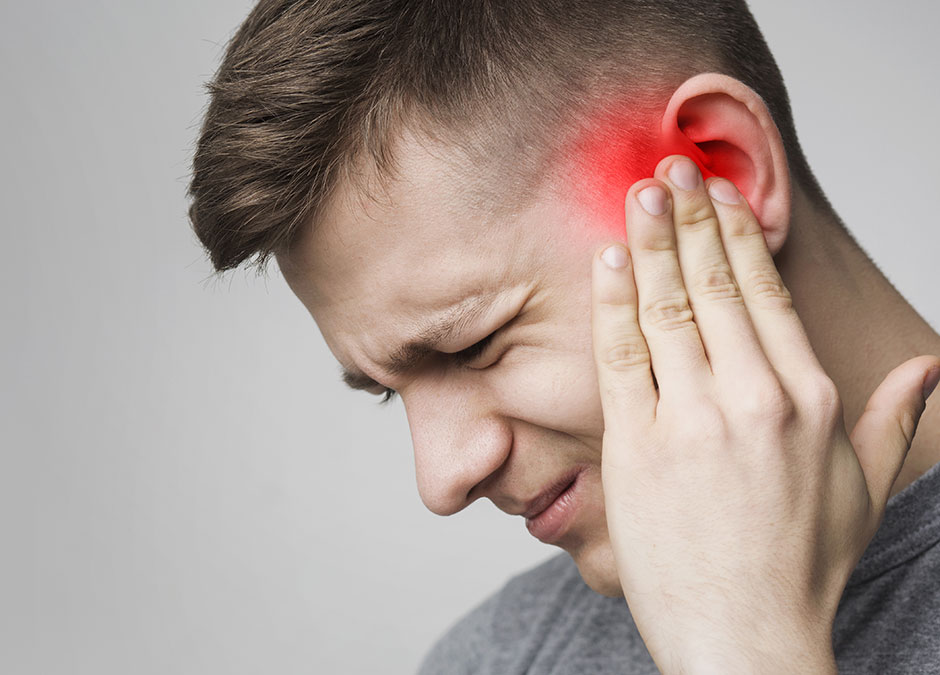Ringing ears and chronic pain, two relatively common but nevertheless uncomfortable conditions, may be closer linked than you think. Identifying and acknowledging this link may pave the way for physicians and researchers to develop better standards of care, and hopefully to use this knowledge to treat related conditions in the future.
What Causes Ringing Ears?
Ringing ears, or tinnitus, is a condition that causes a person to hear a constant ringing sound. The condition is most often caused by prolonged exposure to loud noises, which results in permanent damage to the cochlea, a spiral-shaped organ located in the inner ear that is comprised of sound-sensitive cells. Tinnitus is also a known side effect of certain malaria treatments.
The Link Between Ringing Ears And Chronic Pain
The nucleus accumbens and ventromedial prefrontal cortex are areas of the brain that play gatekeeper roles when it comes to filtering out information that is irrelevant or unnecessary, such as white noise. This area, like the rest of the brain, is plastic, which means that it can change and adapt over time.
Chronic pain, like ringing ears, is often a result of prolonged sensory stimuli – in this case physical pain from an injury – the sensation of which persists even when the original injury has already healed. Both conditions are a result of when the brain fails to filter out sensory stimuli. The brain’s plasticity would have allowed it to adapt to the absence of the injury, thereby ignoring sensations of pain coming from the formerly injured area. Likewise, in the case of ringing ears, the brain should have stopped processing auditory input that is no longer present.
Functional MRI studies have shown increased activity in the nucleus accumbens of those with tinnitus and chronic pain, a clear sign of the link between ringing ears and chronic pain. In both conditions, the brain’s plasticity has actually worked against it, causing it to rearrange itself in an inadvertent response to prolonged physical sensation, resulting in it failing to filter out sensations that it would normally have ignored.
What This Means
Recognizing the link between ringing ears and chronic pain means that physicians will be able to screen and assess those at risk of either condition earlier or provide targeted treatment sooner which may lead to better eventual outcomes.
This knowledge may be useful when it comes to treating other psychological and neurological conditions. The part of the brain that serves as a gatekeeper for sensory stimuli, the nucleaus accumbens, also functions as the reward and learning center of the brain. It plays a key role in enabling the brain to process and modulate emotional experiences. Understanding how this part of the brain works may help in future research on treating other related conditions such as insomnia and depression, both of which are conditions also associated with the same region of the brain.




